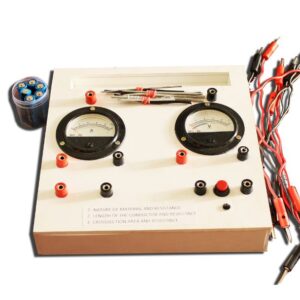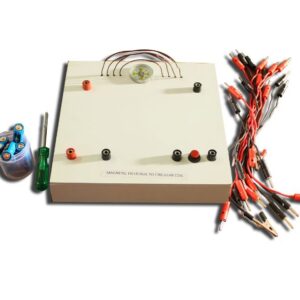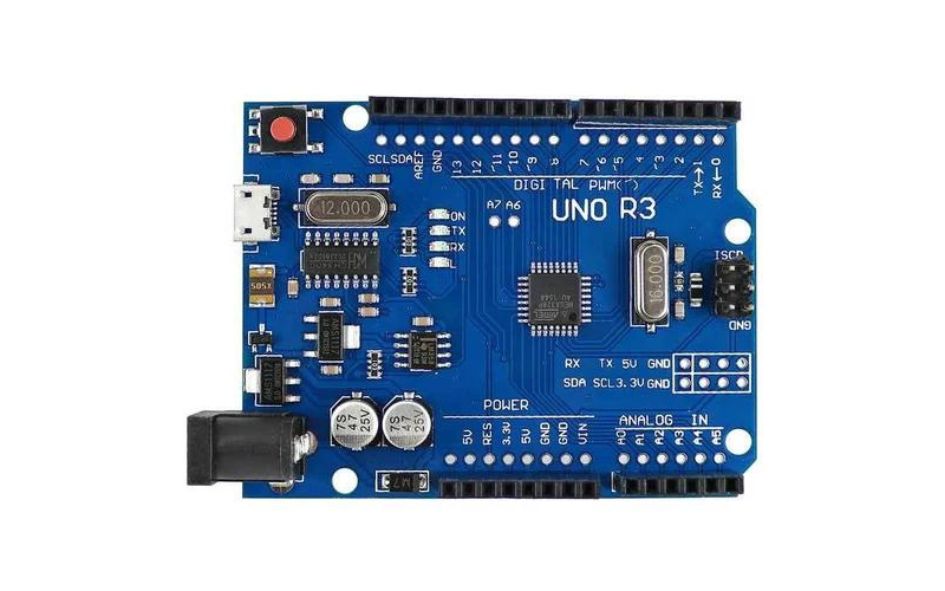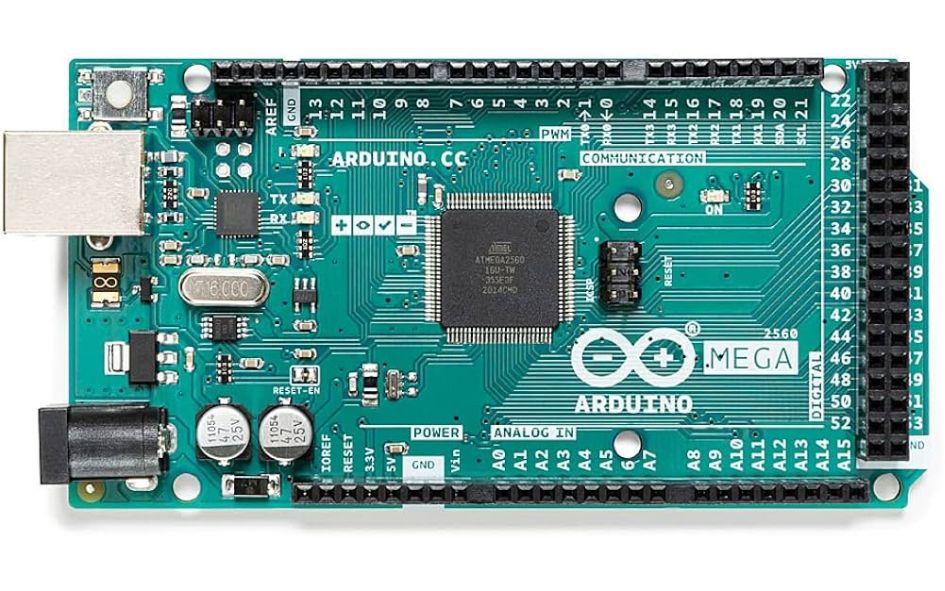Fence guard-smart electric security barrier
5 in stock
Fence guard-smart electric security barrier
Introduction
The Fence Guard – Smart Electric Security Barrier is a working model that demonstrates the principles of modern security systems. This project integrates technology to detect unauthorized access or breaches using electric fencing and alarm systems, providing a hands-on experience for students in understanding security solutions for homes, farms, or industrial areas.
Components and Materials
- Microcontroller (Arduino/ESP8266/NodeMCU) – The brain of the system, controlling sensors and alarms.
- Electric Fence Wire – Acts as a barrier to detect intrusions.
- PIR Sensor – Detects motion around the fenced area.
- Voltage Generator Module – Simulates the electric fence shock mechanism (low-voltage for safety in the model).
- Relay Module – Controls power to the fence and alarm systems.
- Buzzer/Alarm – Alerts users of unauthorized access or breaches.
- LED Indicators – Displays the operational status of the fence and alarms.
- Power Supply (Battery or Adapter) – Provides power to the entire system.
- Foam Board/Sunboard – Serves as a base for the working model.
- Connecting Wires – Links all components for seamless operation.
- Switches and Push Buttons – For manual activation and testing.
- Artificial Fencing (Optional) – To simulate real-world application in the model.
Working Principle
- The electric fence wire forms a barrier around the secured area.
- The PIR sensor monitors the surroundings for motion.
- When motion is detected or the fence is breached, the sensor signals the microcontroller.
- The microcontroller activates the buzzer and LED indicators to alert users.
- For demonstration, a low-voltage signal is generated on the fence wire to simulate an electric barrier.
Circuit Diagram
The circuit consists of:
- A microcontroller connected to the PIR sensor, relay, and alarm.
- A voltage generator module connected to the electric fence wire.
- A power supply unit for all components. Detailed diagrams can be created as needed for assembly.
Programming
The microcontroller is programmed to:
- Continuously monitor sensor data.
- Trigger alarms when motion is detected or the fence is breached.
- Control LED indicators to show system status.
Testing and Calibration
- Test the PIR sensor for accurate motion detection.
- Calibrate the voltage generator module for a safe and effective electric barrier demonstration.
- Check the response time of alarms and LEDs upon a breach.
Advantages
- Demonstrates advanced security principles.
- Educates students about motion detection and electric fencing systems.
- Cost-effective and easy to build.
Disadvantages
- Requires basic knowledge of electronics for setup.
- Maintenance is needed for consistent performance.
Key Features
- Smart detection of unauthorized access.
- Alarm and indicator system for immediate alerts.
- Simulation of an electric fence for realistic demonstration.
Applications
- Ideal for science projects and exhibitions.
- Educational tool to understand security technologies.
- Can be adapted for small-scale real-world applications.
Safety Precautions
- Use low-voltage signals for safety during demonstrations.
- Ensure all electrical connections are insulated.
- Keep water or conductive materials away from the model.
Conclusion
The Fence Guard – Smart Electric Security Barrier is a practical and engaging working model that introduces students to the concepts of modern security systems. It showcases how technology can be used to secure perimeters effectively and offers an excellent opportunity for hands-on learning in science and technology.
| Weight | 1.45 kg |
|---|---|
| Dimensions | 26 × 26 × 10 cm |
You must be logged in to post a review.












Reviews
There are no reviews yet